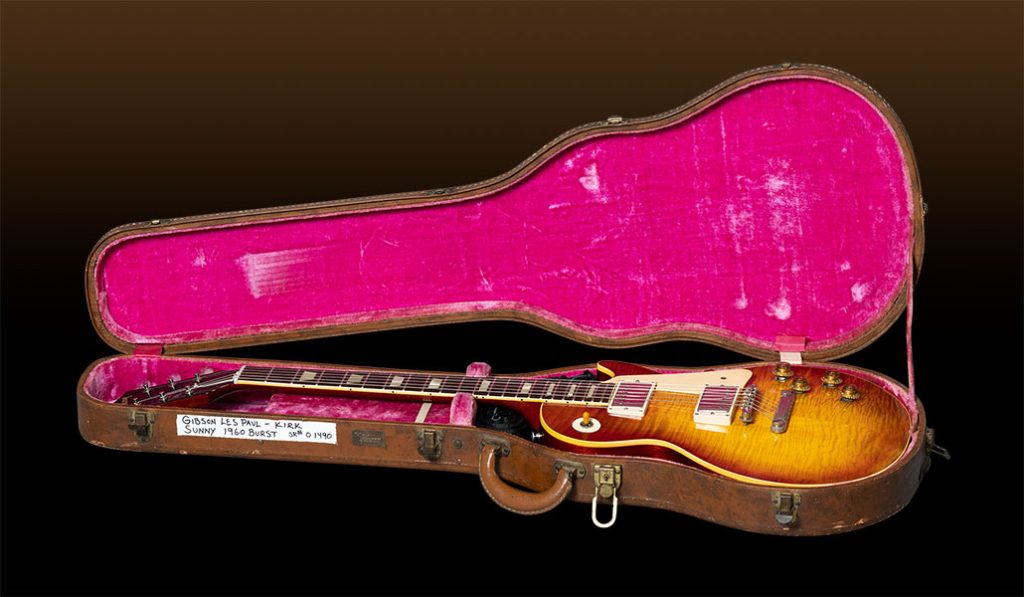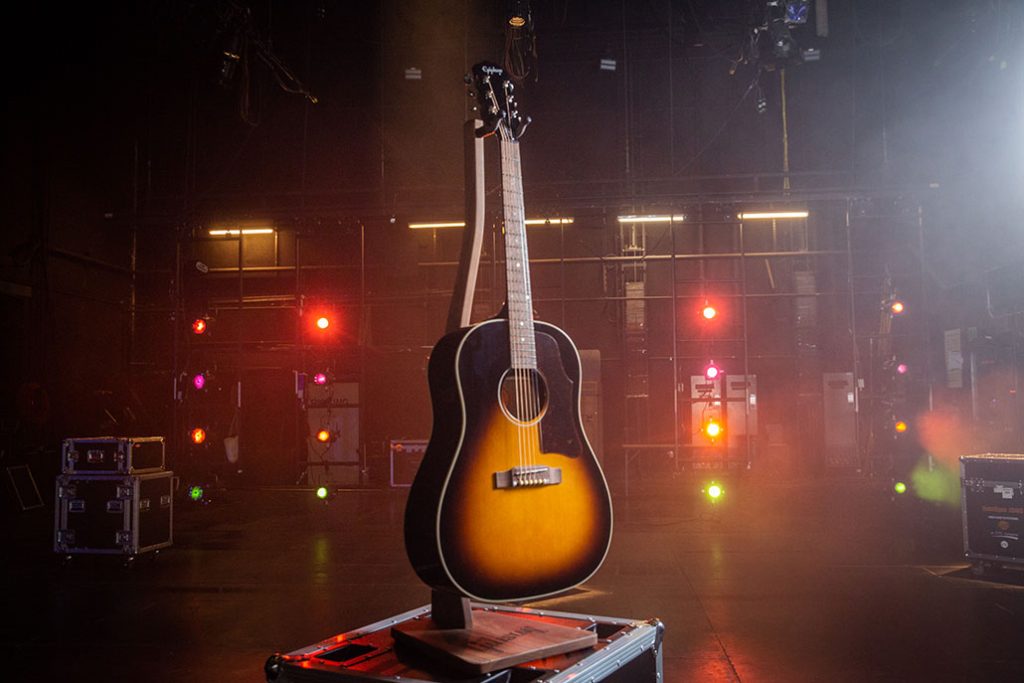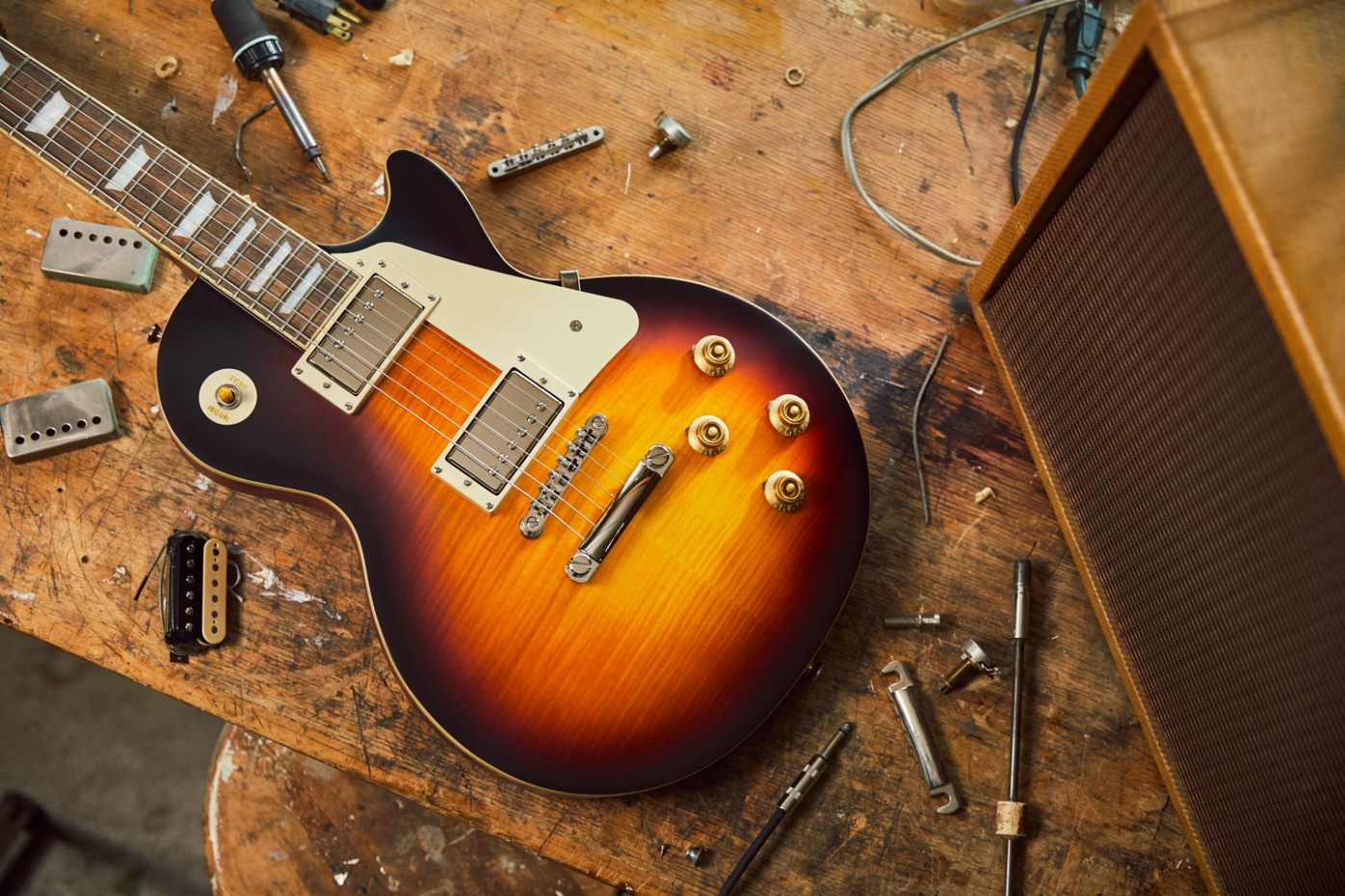Why that long, hot summer you are looking forward to might be bad news for your guitar
Whether you own a large or small guitar collection or even just a single guitar, you’ll need to protect your investment and maximize the playability of your instrument(s) in various ways. Over time, expenditures for gig bags, hardshell cases, stands, wall hangers, and humidity control systems will add up. So, what are the priorities?
One of the most common challenges guitarists face is the setup issues arising from changes in seasonal humidity. Wooden guitars shift over time as humidity changes, especially if you are amid a fully expressed winter or summer or a tropical climate. This means the neck will flex or relax a bit, and a truss rod adjustment is in order. Even transporting a guitar from an ideal controlled environment to a car’s trunk at the peak of a season for a brief drive across town might alter things somewhat. Be aware of that, and always keep the proper maintenance tools on hand.
Also, be aware that mere temperature changes can do the same thing. Typically, during winter in a drafty house or venue, interacting with the instrument will warm it back up as your body heat moves into the guitar. Still, there’s no substitute for natural acclimation, so it is wise to arrive at your gig a bit early so that your guitar can stabilize to the temperature and relative humidity of the new environment.
Quick temperature shifts can cause nitrocellulose finishes to crack, so some wisdom is necessary to safeguard your investment once it arrives at your address. Some guitars may undergo drastic temperature changes during shipment while in the delivery vehicle. With this in mind, it’s important to note that it’s the sudden shock of warm air meeting the cold guitar that can cause damage to the finish. So, it’s best to be patient if the guitar was in very frigid temperatures for a long time or you suspect it may have been so.
Leave the box alone in your home for four or five hours (some folks even suggest 12 to 24 hours), then open the box and touch the case. If it’s still cold, keep waiting—don’t open the case yet. Wait another four hours and check again. Continue with that pattern until the case is at room temperature. Better to wait than be sorry. And the same process is ideal if you suspect the guitar is warm—cold air conditioning can cause the same problems.
Hardshell cases and gig bags typically have modest storage compartments. You’ll want to assemble a mobile set of tools within those compartments to help you maintain your instruments during each seasonal shift. The case itself or a small toolbox might do the trick. The goal is more about knowing exactly where these tools are when you need them–storing them in a consistent place will help you avoid frustration when it’s time to make a change. It’s helpful to keep your Allen wrenches (aka, hex keys) in small, clear ziplock bags with a proper label on them (or Sharpie scribblings) and any other tools that need to be paired specifically with a particular instrument.

Hardshell cases and gig bags typically have modest storage compartments. You’ll want to assemble a mobile set of tools within those compartments to help you maintain your instruments during each seasonal shift. The case itself or a small toolbox might do the trick. The goal is more about knowing exactly where these tools are when you need them–storing them in a consistent place will help you avoid frustration when it’s time to make a change. It’s helpful to keep your Allen wrenches (aka, hex keys) in small, clear ziplock bags with a proper label on them (or Sharpie scribblings) and any other tools that need to be paired specifically with a particular instrument.
Obviously, some climates are more extreme than others, and it may take some time and experience to figure out how each guitar changes on average. A player in Alaska has a different set of variables to deal with than someone in Southern California, where the seasonal changes are far milder. However, if you prepare for it and learn the quirks of a particular instrument’s sensitivity to climate shifts, you’ll be in good shape.
Also, there are many humidity control systems available for guitars these days, offering a way to lessen the neck shifts each season and prevent splits in the wood of acoustic instruments like flat-tops, mandolins, and ukuleles. And it’s always a good idea to keep fingerboards conditioned and oiled. This helps protect them from sweat and the inevitable calamities in life, such as beer or soda spills. Also, never leave your guitar near an open fireplace because the dehydration power of a fire can ruin glue joints, split tops, and more. The same kind of warning applies to storing instruments in an attic or basement: too many things can go wrong in environments lacking climate control.
If you have an extensive collection, you know how much space guitars and their cases take up! It’s a lot, and sometimes you may have to develop a rotation system to keep some instruments at the ready and some in storage in a climate-controlled garage or closet. That is a situation where labeling the cases can be very handy. Blue painter’s tape and a Sharpie pen are ideal for this.
Other factors in guitar storage include how much you like to display guitars on the wall or floor stands. It can become expensive to buy a stand for each of 20 or 30 guitars, but if you love the instruments you’ve chosen, presenting them as art objects and guitars is a perfectly reasonable thing. Gibson offers handcrafted luxury stands for guitars.
Wall hangers are great for keeping instruments off your floor space. Your guitars will be close at hand, plus it certainly helps prevent accidents if you still have young children in the house or rowdy dogs. Floor stands are also convenient and less permanent than wall hangers. If you rent your space, wall hangers may not even be an option due to rules set by the landlord. A multi-guitar rack may be the ideal choice in cases where space is at a premium. Similarly, there are multi-ukulele racks, too.

Another consideration is to store guitars using those nifty closet hangers. These products allow you to hang guitars along a clothing rack pancake-style, and indoor closets typically enjoy the same climate control as the main parts of the house. So, you can generate a fair amount of storage room this way if you also have the rack space. You might have to abandon a few clothing items, but it’s a great way to keep instruments fairly close at hand without sacrificing living space.
Finally, if you keep an amp close by, some products clip onto the face or sides of the amp, providing a safer, temporary spot to lean a guitar when you need to pick up the phone or deal with some other issue like changing a battery in your tuner. It’s not as stable, generally, as a real stand, but it is highly convenient.
A few random tips: You can use a medium-sized neodymium magnet attached to a mic stand to capture a few Allen wrenches for quick access, cigar boxes make good non-traveling tool boxes that are big enough to house fret files and other tools, children’s pencil boxes are just as useful, and keeping a feather duster (or Swiffer Duster) around can help your collection stay free of the floating detritus that we all deal with in our lives.

